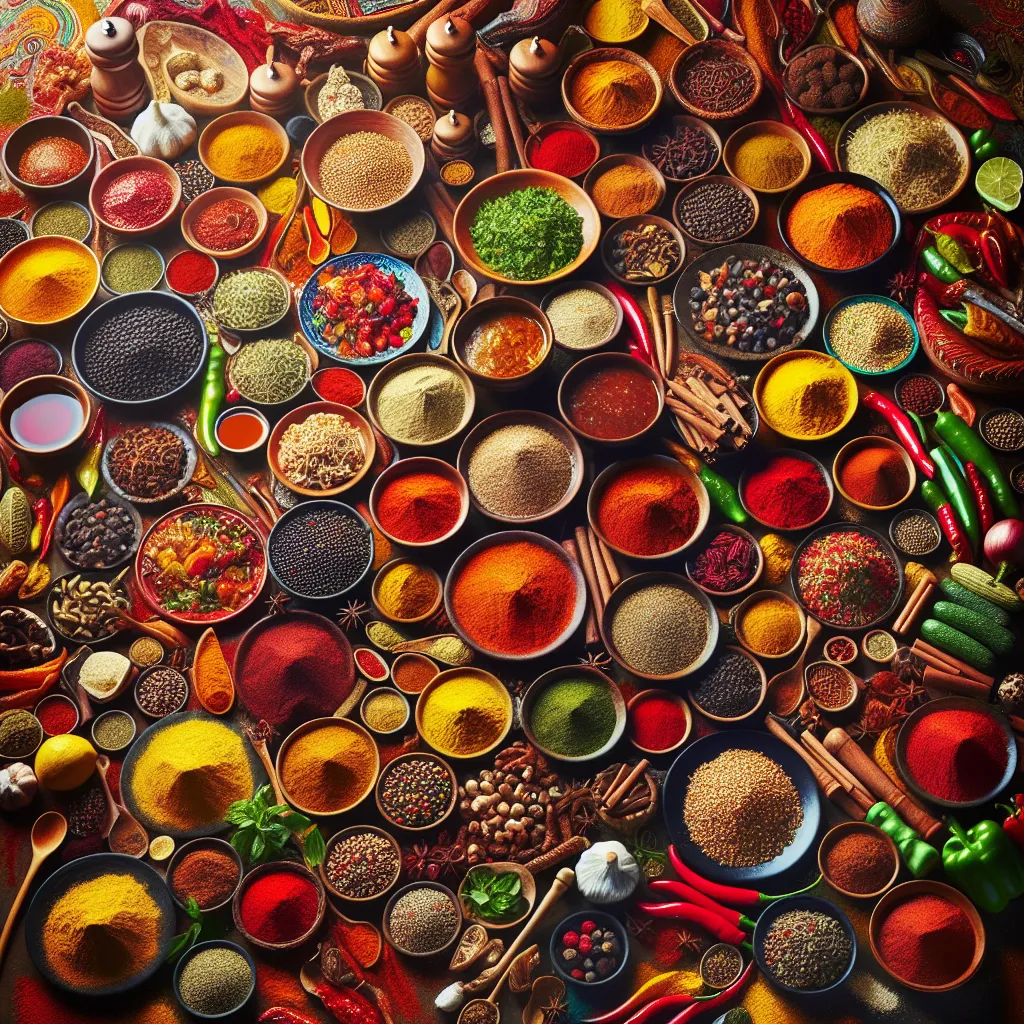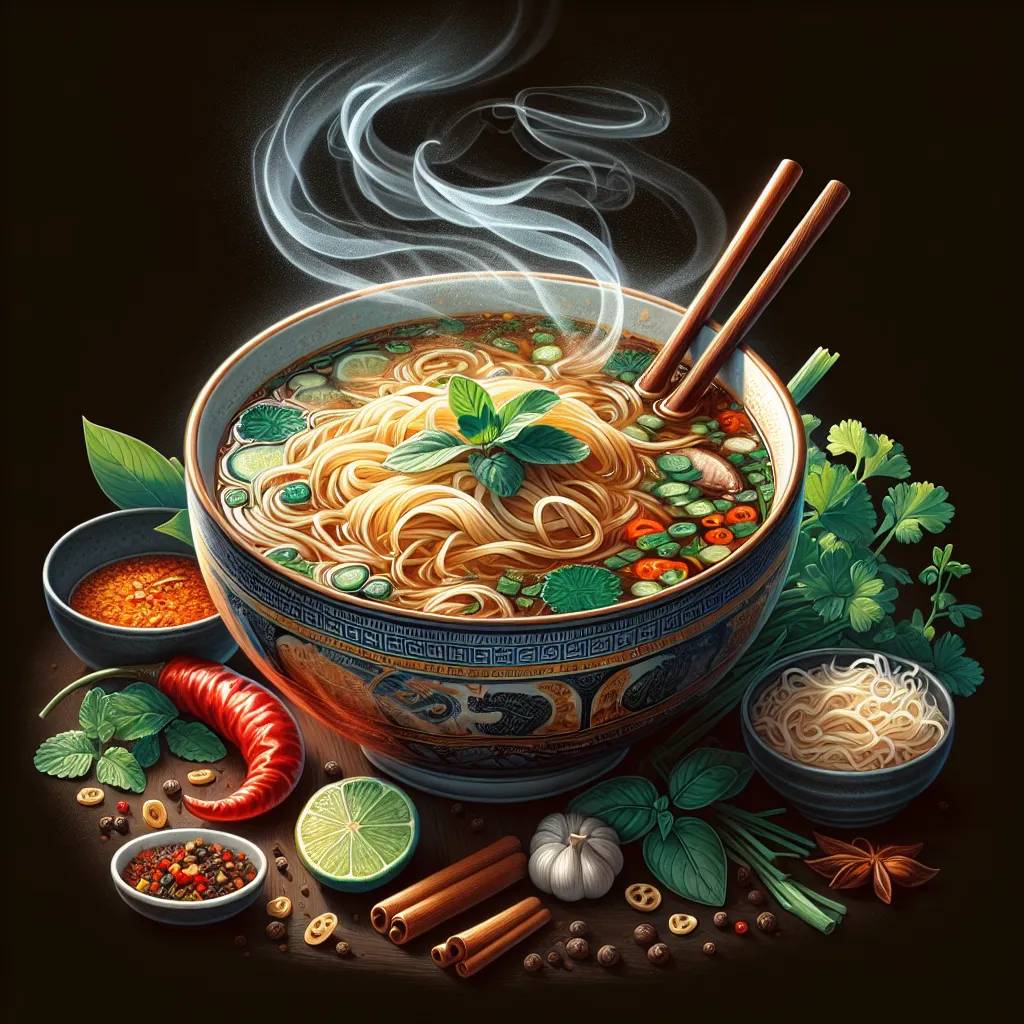The Rise of Fusion Cuisine: Blending Global Flavors
As the world becomes increasingly interconnected, the culinary landscape is also undergoing a significant transformation. One of the prevailing trends in international cuisine is the rise of fusion cuisine, which involves blending global flavors to create innovative and exciting dishes. This approach to cooking reflects the multicultural nature of modern society and offers a tantalizing array of taste experiences for adventurous food enthusiasts.
Fusion cuisine draws inspiration from a diverse range of culinary traditions, incorporating ingredients, techniques, and flavor profiles from different parts of the world. This trend has gained popularity as chefs and home cooks alike seek to push the boundaries of traditional cooking and create new, unexpected flavor combinations. From Korean tacos to sushi burritos, the possibilities for fusion dishes are virtually endless, showcasing the creativity and adaptability of cuisines around the globe.
Furthermore, the rise of fusion cuisine has been fueled by the increasing availability of global ingredients in local markets, as well as the growing interest in travel and cultural exchange. As a result, culinary enthusiasts have access to a wide array of authentic international ingredients, allowing them to experiment with new flavors and techniques in their own kitchens.
Ultimately, the trend of fusion cuisine represents a celebration of diversity and a testament to the power of food to bring people together. By blending global flavors in innovative and unexpected ways, chefs and home cooks are not only creating delicious meals, but also fostering a deeper appreciation for the rich tapestry of culinary traditions found across the globe.
Trending International Ingredients: From Miso to Harissa
When it comes to international cuisine trends, the spotlight is on a wide array of trending international ingredients that are making their way into kitchens around the world. From the umami-rich Japanese staple, miso, to the fiery North African chili paste, harissa, these ingredients are capturing the attention of chefs and home cooks alike.
Miso, a traditional Japanese seasoning produced by fermenting soybeans with salt and koji, has gained popularity for its depth of flavor and versatility. Chefs are incorporating miso into marinades, dressings, and glazes, adding a savory richness to dishes. Its ability to enhance both Asian and non-Asian recipes has made miso a sought-after ingredient in the global culinary scene.
On the other hand, harissa, a spicy and aromatic paste made from chili peppers, garlic, olive oil, and a blend of spices, has been elevating the heat quotient in dishes across the globe. With its roots in Tunisian and North African cuisine, harissa has permeated international food culture, appearing in recipes ranging from traditional stews to contemporary fusion dishes.
These two ingredients represent just a fraction of the diverse array of international flavors making waves in the culinary world. As global palates continue to expand, the demand for these trending international ingredients is expected to rise, reflecting a growing appreciation for diverse and dynamic flavor profiles.
Global Gastronomy: Exploring Regional Cooking Styles
Exploring global flavors has become a leading trend in the culinary world, with a growing interest in international cuisine. One of the key aspects of this trend is the exploration of regional cooking styles, also known as global gastronomy. This approach involves delving into the traditional cooking methods, local ingredients, and cultural influences that shape the unique flavors of different regions around the world.
Global gastronomy offers a fascinating journey through a diverse tapestry of culinary customs, from the aromatic spices of Indian curries to the subtle umami flavors of Japanese dishes. It allows food enthusiasts to go beyond the familiar and embrace new, authentic experiences that celebrate the richness of global cooking traditions.
Furthermore, the rising popularity of global gastronomy mirrors a larger cultural shift towards embracing diversity and multiculturalism. As people seek out new and exciting flavor experiences, the global gastronomy trend highlights the important role that food plays in bridging cultural divides and fostering greater understanding and appreciation for the world’s diverse communities.
Whether it’s a traditional Mexican mole, a fragrant tagine from Morocco, or a hearty bowl of Italian risotto, global gastronomy invites us to savor the stories and traditions behind each dish, providing a deeper connection to the rich tapestry of global culinary heritage.
In conclusion, the exploration of regional cooking styles as part of the global gastronomy trend offers a delightful journey of discovery, allowing individuals to expand their palate and gain a deeper understanding of the world’s diverse cultures through the universal language of food.
Authentic vs. Adapted: Navigating the World of Cuisine
Exploring global flavors has become a trend that continues to shape the culinary world. International cuisine reflects a rich tapestry of cultures, traditions, and flavors, offering a diverse array of dishes for adventurous food enthusiasts to explore. Amidst this global culinary extravaganza, the debate between authentic and adapted cuisines takes center stage, presenting a nuanced exploration of navigating the world of cuisine.
Authentic cuisine is rooted in tradition, history, and centuries-old techniques, encapsulating the essence of a particular culture’s culinary heritage. From Italian pasta to traditional Japanese sushi, authentic dishes serve as a gateway to understanding a culture’s identity through its food. On the other hand, adapted cuisine often emerges from the fusion of different culinary traditions, creating unique, innovative flavors that reflect the ever-evolving global palate.
Navigating the world of cuisine involves appreciating the nuances of authenticity while embracing the creativity of culinary adaptation. Food enthusiasts are encouraged to explore traditional recipes passed down through generations, savoring the unique flavors and techniques that define a particular cuisine. Simultaneously, embracing adapted dishes allows for a fusion of global flavors, opening doors to new taste experiences and culinary discoveries.
As international cuisine continues to influence culinary trends, the interplay between authentic and adapted dishes offers a dynamic spectrum of flavors and cultural exchange. By understanding and respecting the origins of traditional dishes while celebrating the innovative spirit of adaptation, food aficionados can embark on a flavorful journey around the world, savoring the rich tapestry of global culinary experiences.




